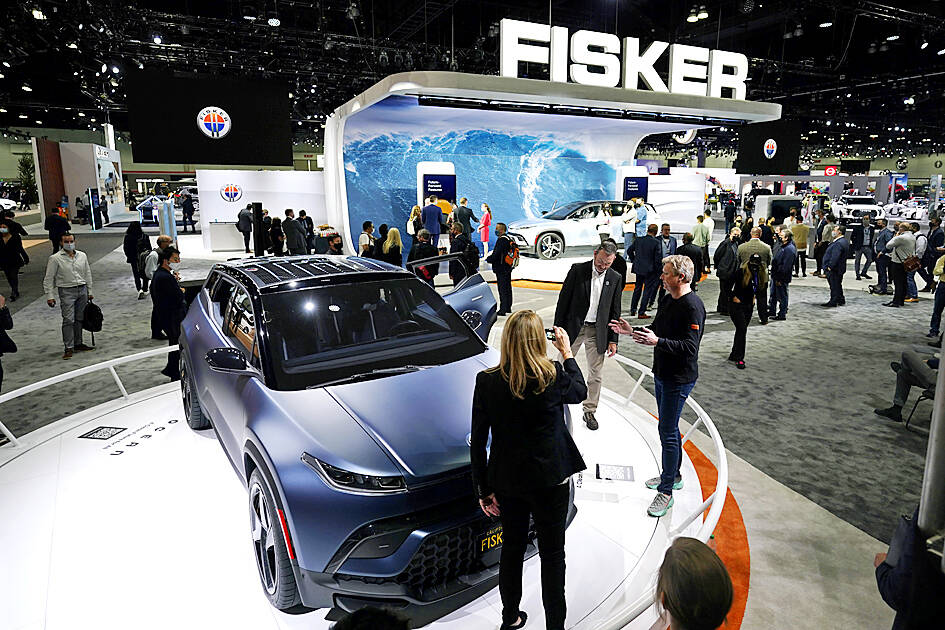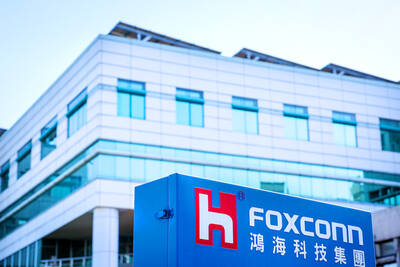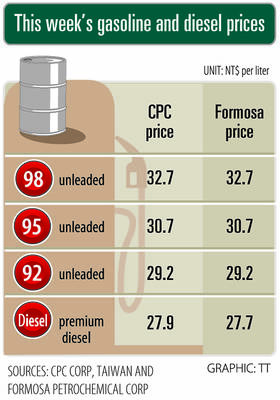Fisker Inc filed for bankruptcy on Monday, months after the electric vehicle (EV) start-up stopped production of its only model, the oft-malfunctioning Ocean sport utility vehicle (SUV).
The company listed between US$500 million and US$1 billion of assets, and between US$100 million and US$500 million of liabilities, in its petition filed in Delaware. The filing protects Fisker from creditors while it works out a plan to repay them.
Fisker is the second plug-in car company started by Henrik Fisker — a famed designer of BMW and Aston Martin sports cars — to end up in bankruptcy. An earlier venture, Fisker Automotive, filed for Chapter 11 protection in 2013 after a series of recalls spelled the downfall of its battery supplier, a fellow recipient of US Energy Department loans.

Photo: AP
The undoing of Fisker Inc was more self-inflicted. The start-up went public in 2020 as part of the wave of EV companies to benefit from the pandemic era boom in special purpose acquisition companies (SPACs). Combining with a SPAC sponsored by Apollo Global Management Inc left Fisker with roughly US$1 billion in cash and helped the company land a deal with a Magna International Inc subsidiary that manufactures vehicles for the likes of Toyota Motor Corp, BMW AG and Mercedes-Benz AG.
While Fisker Ocean SUV production started on schedule in November 2022, the first SUVs lacked basic features including cruise control. The California-based company told customers it would deploy capabilities it had promised them the following year, via over-the-air software updates.
Software bugs ended up slowing production for months, leading Fisker to repeatedly slash its forecasts. In February of this year, influential YouTuber Marques Brownlee produced a video — This is the Worst Car I’ve Ever Reviewed — that summarizes a series of issues he experienced while borrowing an Ocean from a New Jersey dealership. The video has racked up more than 5.7 million views.
Fisker produced 10,193 Oceans last year but delivered only 4,929 vehicles to customers. The company attempted a dramatic pivot in early January, seeking out partnerships with franchised dealers in North America in a move away from selling SUVs directly to consumers.
By February, Fisker warned there was substantial doubt about its ability to continue operating. The following month, the company announced it had secured US$150 million from an existing lender, though the financing was contingent on Fisker securing investment from an unidentified automaker. A week after that disclosure, Fisker said that talks with the carmaker had ended without a deal.
Magna executives said during an earnings call last month that the company’s updated outlook for this year assumed no further production of Ocean SUVs. While the company laid off 400 to 500 people from its facility in Graz, Austria, the plant employs around 7,000 workers and continues to manufacture vehicles for BMW, Mercedes, Toyota and Jaguar Land Rover Automotive PLC.
Fisker’s bankruptcy comes as EV makers struggle to adapt to slowing sales in the US and across much of Europe.
The company follows a handful of other EV start-ups into bankruptcy, including Charge Enterprises Inc, the installer of EV charging stations that filed for Chapter 11 protection in March. Other EV makers that have filed for bankruptcy include Lordstown Motors Corp, Proterra Inc and Electric Last Mile Solutions Inc.

Hon Hai Precision Industry Co (鴻海精密) yesterday said that its research institute has launched its first advanced artificial intelligence (AI) large language model (LLM) using traditional Chinese, with technology assistance from Nvidia Corp. Hon Hai, also known as Foxconn Technology Group (富士康科技集團), said the LLM, FoxBrain, is expected to improve its data analysis capabilities for smart manufacturing, and electric vehicle and smart city development. An LLM is a type of AI trained on vast amounts of text data and uses deep learning techniques, particularly neural networks, to process and generate language. They are essential for building and improving AI-powered servers. Nvidia provided assistance

GREAT SUCCESS: Republican Senator Todd Young expressed surprise at Trump’s comments and said he expects the administration to keep the program running US lawmakers who helped secure billions of dollars in subsidies for domestic semiconductor manufacturing rejected US President Donald Trump’s call to revoke the 2022 CHIPS and Science Act, signaling that any repeal effort in the US Congress would fall short. US Senate Minority Leader Chuck Schumer, who negotiated the law, on Wednesday said that Trump’s demand would fail, while a top Republican proponent, US Senator Todd Young, expressed surprise at the president’s comments and said he expects the administration to keep the program running. The CHIPS Act is “essential for America leading the world in tech, leading the world in AI [artificial

DOMESTIC SUPPLY: The probe comes as Donald Trump has called for the repeal of the US$52.7 billion CHIPS and Science Act, which the US Congress passed in 2022 The Office of the US Trade Representative is to hold a hearing tomorrow into older Chinese-made “legacy” semiconductors that could heap more US tariffs on chips from China that power everyday goods from cars to washing machines to telecoms equipment. The probe, which began during former US president Joe Biden’s tenure in December last year, aims to protect US and other semiconductor producers from China’s massive state-driven buildup of domestic chip supply. A 50 percent US tariff on Chinese semiconductors began on Jan. 1. Legacy chips use older manufacturing processes introduced more than a decade ago and are often far simpler than

Gasoline and diesel prices this week are to decrease NT$0.5 and NT$1 per liter respectively as international crude prices continued to fall last week, CPC Corp, Taiwan (CPC, 台灣中油) and Formosa Petrochemical Corp (台塑石化) said yesterday. Effective today, gasoline prices at CPC and Formosa stations are to decrease to NT$29.2, NT$30.7 and NT$32.7 per liter for 92, 95 and 98-octane unleaded gasoline respectively, while premium diesel is to cost NT$27.9 per liter at CPC stations and NT$27.7 at Formosa pumps, the companies said in separate statements. Global crude oil prices dropped last week after the eight OPEC+ members said they would